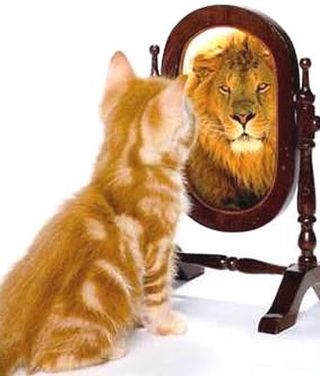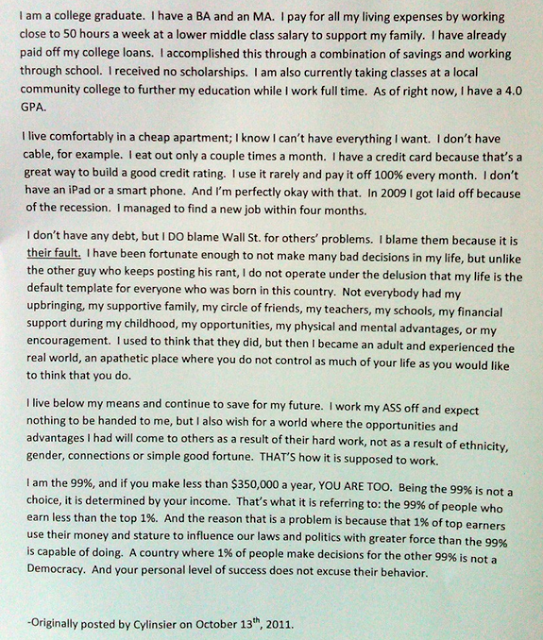“Life-long issue: intellectualizing “spiritual” or “mystical” experiences. My desire to understand everything makes it difficult to rest in the intuitive knowing of “God” or “truth” or “the universe” or “consciousness” — whatever you want to call it. That which cannot be named. I’ve experienced it so profoundly but always return to the quest to define and comprehend it, then I end up with a lot of concepts about what I experienced, a poor substitute for simply BEING it.”
Thumb it up, share it up, spread the love.

